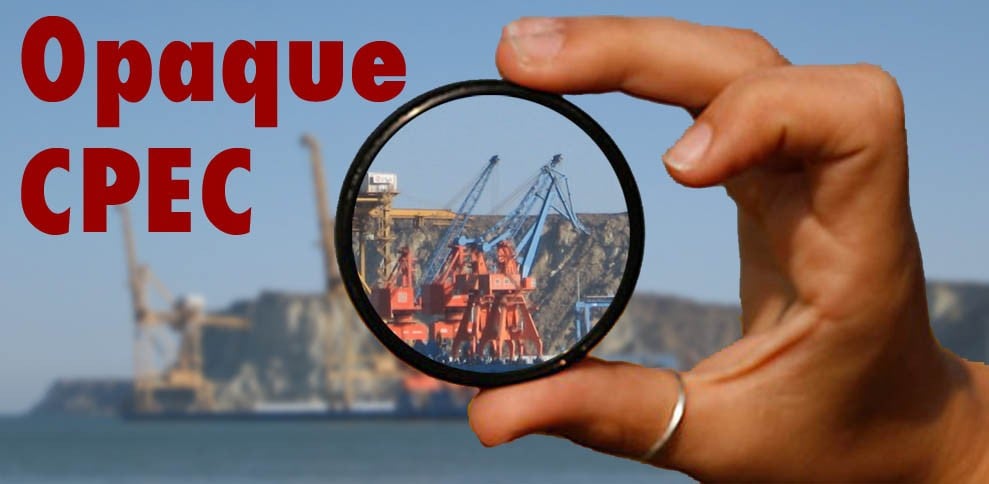

It doesn’t look bad on paper, initially. But as you turn the pages, the devil pops up from the details. The China-Pakistan Economic Corridor (CPEC), dubbed as a game changer in view of the big numbers -- a package of $46 billion which has swelled to $55b -- promises quite a lot, including roads, energy projects, trade, employment, etc.
But as you probe further, critical information may not be readily available. That gives way to various questions. What is the closing deal between Pakistan and China over CPEC? How will the energy projects support industrialisation in Pakistan and save the local industry from Chinese products flooding Pakistani markets? How many jobs are going to be created for the local skilled and semi-skilled labour? There’s also a question mark on the mode of repayment of the debt which the government claims will have a minimal impact on Pakistan’s debt burden.
Understandably, senior economists and journalists like Kaiser Bengali, Asad Sayeed, and Khurram Husain are not satisfied with the level of information available on CPEC. Bengali, for example, points out water scarcity in Gwadar and the costs involved in bringing water from the Merani Dam, located at a distance of about 150-kilometres from the port. There is also uneasiness regarding the possibility of change in Balochistan’s demographics due to the influx of outsiders in Gwadar. Then there is the issue of fishermen whose livelihoods might be lost due to relocation.
Read also: Opaque CPEC
Calling it "selective transparency," critics say most of the information about CPEC does not seem based on empirical evidence; the reason being that critical data regarding CPEC is not easily available. For example, the government has not come up with a clear-cut figure on the jobs generated due to CPEC.
In this situation, questions are bound to be asked over the lack, if not complete absence, of transparency on CPEC. In today’s Special Report, we have tried to find some of the answers.